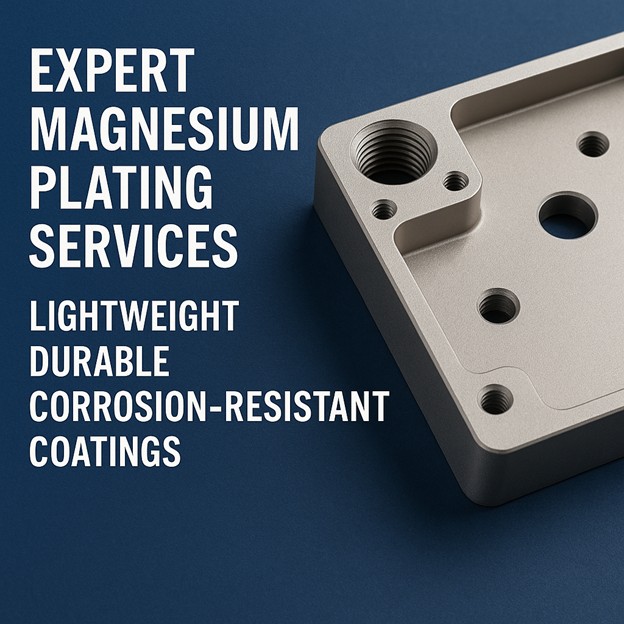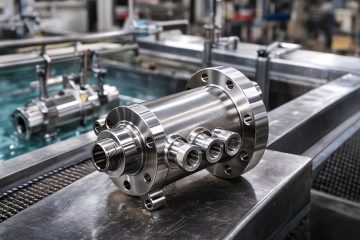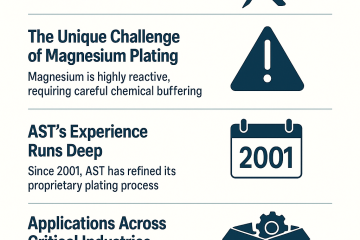The Power and Precision of Magnesium Plating

Why Magnesium is a Game-Changer for Lightweight Applications
As technology evolves, industries like defense and medical manufacturing demand lighter, stronger materials. Magnesium fits the bill, offering exceptional strength-to-weight advantages. But plating magnesium? That’s where precision and expertise matter most.
The Challenge of Plating Magnesium—And How AST Solves It
Magnesium’s reactive nature makes it incompatible with standard plating chemistries. At AST, our process includes proprietary chemical buffering from start to finish, protecting the base metal and ensuring flawless adhesion.
Decades of Experience, One Purpose-Built Line
Since 2001, AST has specialized in magnesium plating. Our first attempts were rocky, but over 20 years later, we’ve refined the process into a dependable, repeatable operation with a dedicated line built just for magnesium.
Real-World Results for High-Performance Industries
We’ve plated tens of thousands of magnesium components—from communications chassis for military field use to ultra-light enclosures for portable oxygen generators. After nickel plating, some parts are powder-coated or treated with additional protective coatings.
What Types of Coatings Work on Magnesium?
- Electroless Nickel – Excellent for corrosion resistance and uniformity
- RoHS Chromate Conversion – Ideal for paint base layers
- Boron Nitride Nickel – Exceptional hardness and lubricity for high-temp uses
- Gold, Tin, and Silver – Added conductivity or finish over a nickel underplate
AST’s Quality Control Guarantee
We don’t just rely on time-in-tank. We measure plating thickness with X-ray refraction and use atomic absorption spectroscopy and wet titration in our in-house lab to ensure chemistry precision—especially important for magnesium’s sensitivity.


